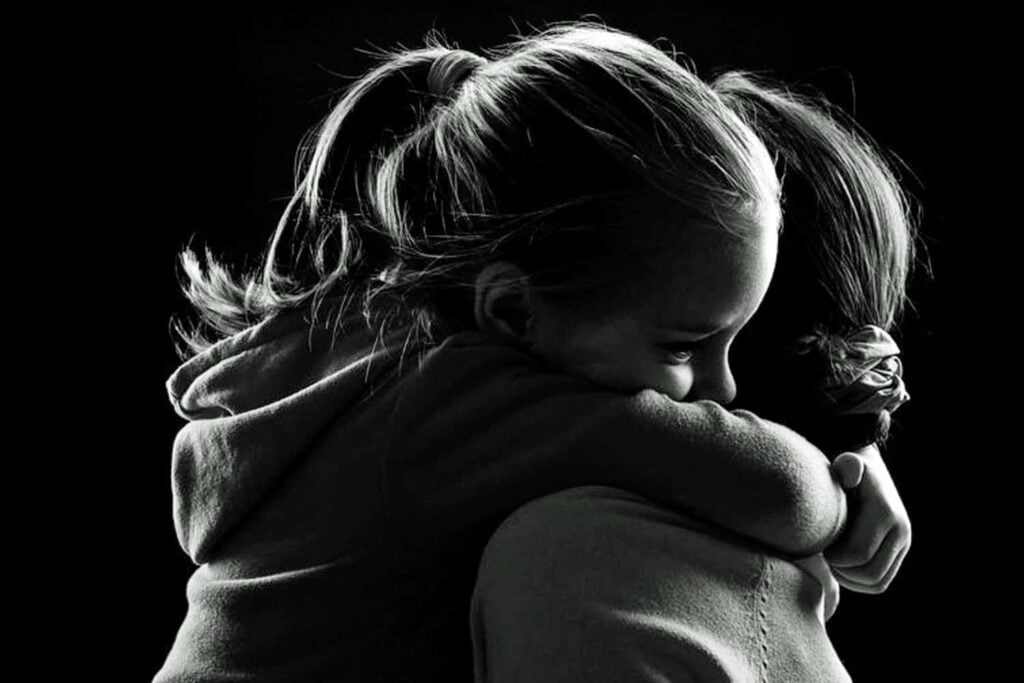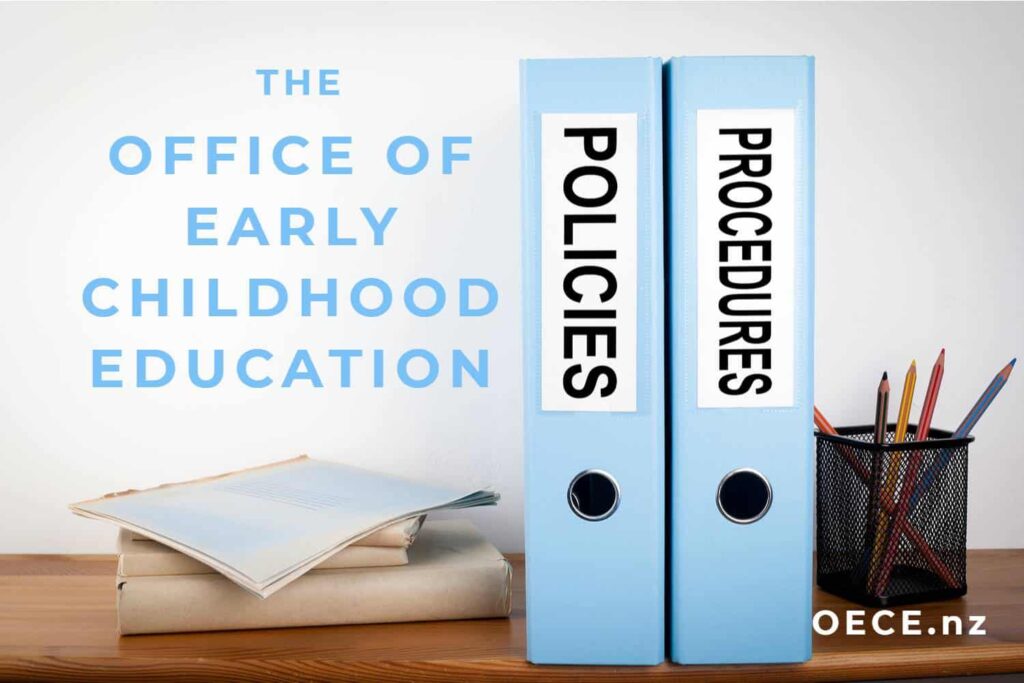Teacher Member Posts

Training Children to Settle Themselves to Sleep and Controlled Crying
This article gives clarity to conflicting opinions on Controlled Crying, when and how the Controlled Crying / Controlled Comforting technique should be used, problems with it, and age appropriateness. We also discuss its use in childcare and early childhood services. Suggestions for […]
Making Pet Rocks
Making Pet Rocks. This is a fun activity for ages 2 – 102 – so its highly suitable to involve parents and grandparents in doing too alongside their children. This can be done inside or at an outside table. , […]

Domestic Violence Leave
Early Childhood Teacher Domestic Violence Leave. If you have any problem getting your right to domestic violence leave you can go to Employment New Zealand for support (there is no charge) or complain to the Human Rights Commission. Contents: Providing […]

Co-construction, Problem-Solving, Scaffolding and Hypothesising
Co-construction, Problem-Solving, Scaffolding and Hypothesising: Super Teaching for Super Success. By Janet Moles. The early childhood years are a busy, exciting time. New discoveries, skills and competencies are a regular part of life for a young child. Early childhood teachers […]
Service Provider Member Posts

Formal Warning Letter and Expressing Concern Letter
Here are templates for a letter ‘of concern’ and a letter giving an early childhood employee a formal first or second warning. EXAMPLE LETTER OF CONCERN Private and Confidential DATE Dear <Name> Letter of Concern This letter is to formally […]

How Necessary is it to have Written Policies and what Shortcuts can be taken?
Early childhood service policies on everything are not always needed and are certainly not required. Managers and early childhood service staff can easily get caught up in a sea of paper-work, that includes writing and reviewing policies in particular if […]

Job Description for an Area Manager
Below is a template you can use and adapt for a job description for an area manager position (for centres and/or for home-based licensed services). If you would like more guidance and ideas go to the main article about writing […]

Mentoring New People to Come onto the Committee
Mentoring new people. Are you finding that you have to twist the arm of an unwilling parent or person to be on the board or committee? Here are some tips so you never have to do this again. Most organisations, […]
Research Library – Today’s Featured Articles

Field-Based Early Childhood Student Teachers – Who Are They and What Challenges Do They Face?
This research examines the demographic characteristics of students who choose to do field-based early childhood education teacher training and identifies challenges they face in relation to gender, career choice and academic expectations. Read the full paper below. Or to order a pdf copy of the article go to the main NZIRECE Journal page.

Generic or Specific? Deciphering the New Zealand Approach to Professional Standards for Early Childhood
Research exploring why NZ has taken the approach to professional standards for early childhood teachers that it has – generic to the primary and secondary sectors. Read the full paper below. Or to order a pdf copy of the article go to the main NZIRECE Journal page.

From a Good Idea to a Robust Research Design: A Discussion of Challenges in Designing Early Childhood Research
Designing an ECE Research Study. By Claire McLachlan. Abstract: Designing and carrying out research in the area of early childhood education is one that is attempted by many, including experienced and beginning researchers, postgraduate and undergraduate students as well as […]

The Relationship between Early Childhood Education and Care and English Proficiency at School Entry for Bilingual Children in Australia
The Relationship between Early Childhood Education and Care and English Proficiency at School Entry for Bilingual Children in Australia. Meredith O’Connor1,2, Elodie J. O’Connor1, Amanda Kvalsvig1 and Sharon Goldfeld1,21. Royal Children’s Hospital, Victoria, Australia2. University of Melbourne, Victoria, Australia Full […]
What We Do
Resources



